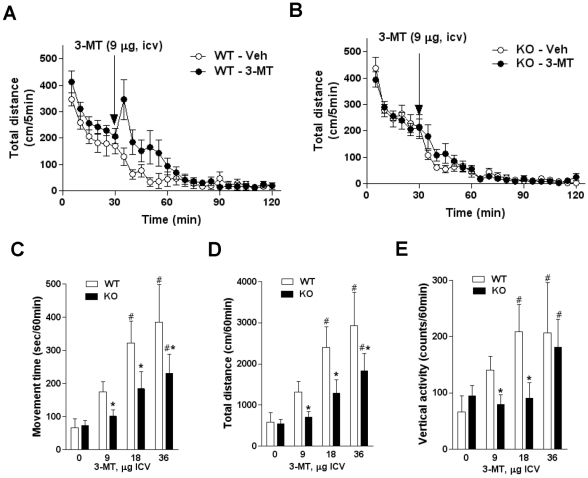Figure 3. Behavioral effects of 3-MT are reduced in TAAR1-KO mice.
Administration of 3-MT (9 µg, i.c.v.) to WT mice (A) but not TAAR1-KO mice (B) induced abnormal behavioral activation as reflected by total distance traveled. Analysis of total distance traveled for 60 min after 3-MT administration revealed significant effect of 3-MT versus vehicle treatment (p<0.05; Student's t-test) in WT but not TAAR1-KO mice (Figure 3D). (C, D and E) Dose-dependence of 3-MT-induced complex set of abnormal movements (please see description in the text and Supplemental Figure 1S) as detected in computerized locomotor activity monitor as changes in movement time (C), total distance traveled (D) and vertical activity (E). Data are presented as cumulative counts for 60 min after 3-MT administration. Two-way ANOVA analysis revealed significant main effects of dose (p = 0.0001) and genotype (p<0.0001), but no significant dose by genotype interaction (p = 0.4) in measures of movement time (C), significant main effects of dose (p = 0.0002), genotype (p<0.0001) and dose by genotype interaction (p = 0.0198) in measures of total distance (D) and significant main effects of dose (p = 0.026) and genotype (p<0.0001) but no significant dose by genotype interaction (p = 0.321) in measures of vertical activity (E). Pair-wise comparisons conducted with post-hoc Tukey's HSD test revealed significant differences between genotypes (* - p<0.05 effect of 3-MT in WTs vs. KOs) and dose (# - p<0.05 effect of 3-MT vs. respective vehicle-treated controls). Please note, that after 36 µg a similar pattern of abnormal movements was observed in both genotypes (visual observations).

